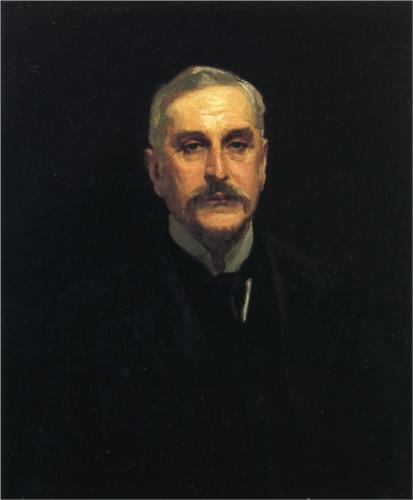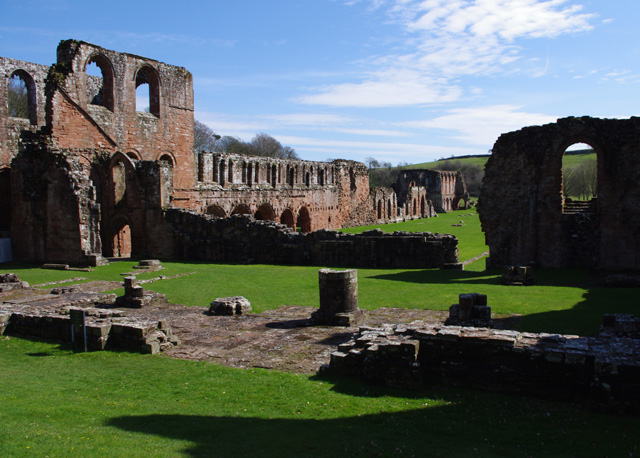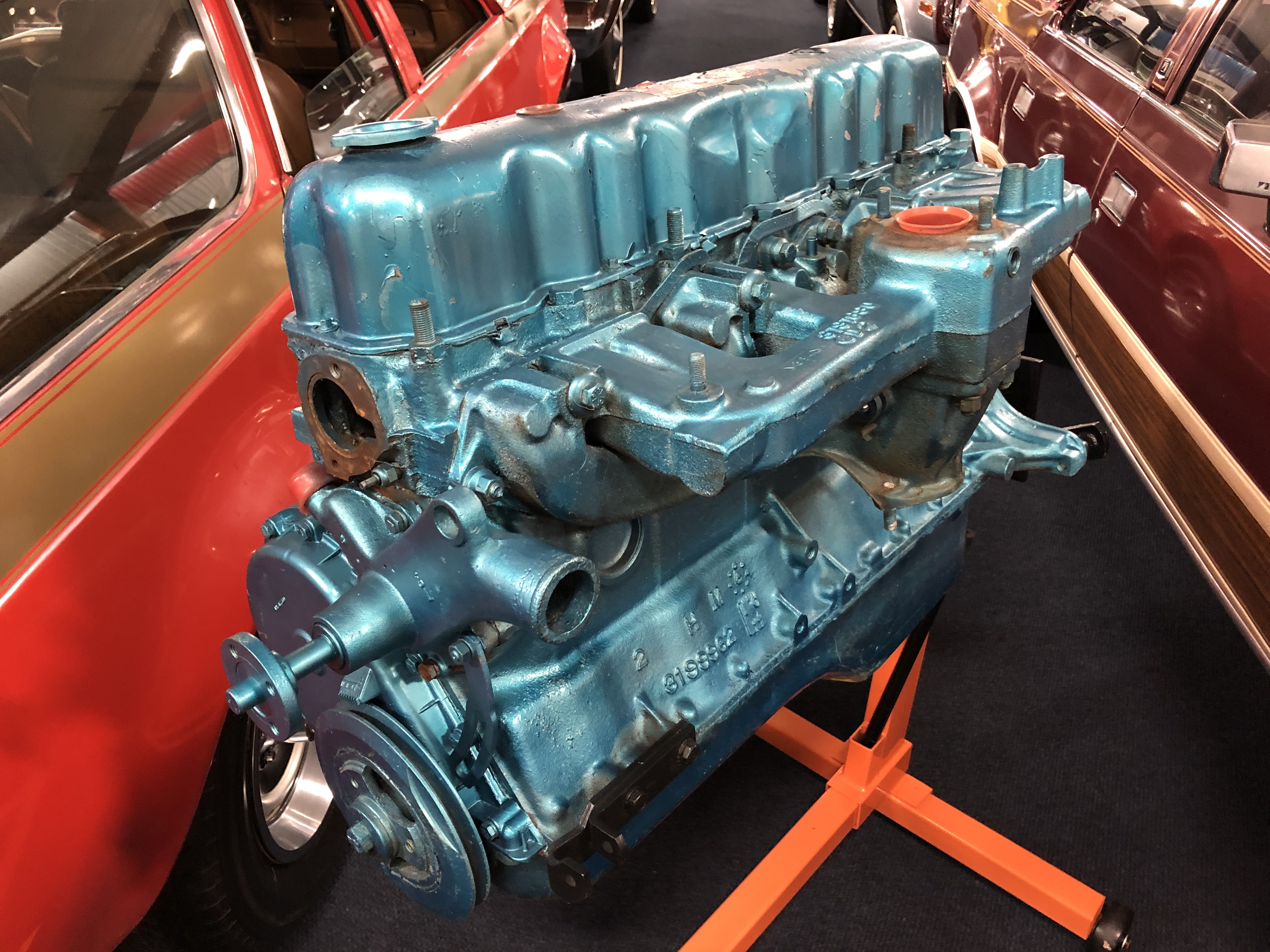|
HMS B1
HMS ''B1'' was the lead boat of the B-class submarines built for the Royal Navy in the first decade of the 20th century. The boat survived the First World War and was sold for scrap in 1921. Design and description The B class was an enlarged and improved version of the preceding A class. The submarines had a length of overall, a beam of and a mean draft of . They displaced on the surface and submerged. The B-class submarines had a crew of two officers and thirteen ratings.Gardiner & Gray, p. 87 For surface running, the boats were powered by a single 16-cylinder Vickers petrol engine that drove one propeller shaft. When submerged the propeller was driven by a electric motor. They could reach on the surface and underwater. On the surface, the B class had a range of at .Akermann, p. 123 The boats were armed with two 18-inch (450 mm) torpedo tubes in the bow. They could carry a pair of reload torpedoes, but generally did not as they would have to remove an equal ... [...More Info...] [...Related Items...] OR: [Wikipedia] [Google] [Baidu] |
Vickers Limited
Vickers Limited was a British engineering conglomerate. The business began in Sheffield in 1828 as a steel foundry and became known for its church bells, going on to make shafts and propellers for ships, armour plate and then artillery. Entire large ships, cars, tanks and torpedoes followed. Airships and aircraft were added, and Vickers jet airliners were to remain in production until 1965. Financial problems following the death of the Vickers brothers were resolved in 1927 by separating Metropolitan Carriage Wagon and Finance Company and Metropolitan-Vickers, then merging the remaining bulk of the original business with Armstrong Whitworth to form Vickers-Armstrongs. The Vickers name resurfaced as Vickers plc between 1977 and 1999. History Foundry Vickers was formed in Sheffield as a steel foundry by the miller Edward Vickers and his father-in-law George Naylor in 1828. Naylor was a partner in the foundry Naylor & Sanderson, and Vickers' brother William owned a steel ... [...More Info...] [...Related Items...] OR: [Wikipedia] [Google] [Baidu] |
Draft (ship)
The draft or draught of a ship's hull is the vertical distance between the waterline and the bottom of the hull ( keel). The draught of the vessel is the maximum depth of any part of the vessel, including appendages such as rudders, propellers and drop keels if deployed. Draft determines the minimum depth of water a ship or boat can safely navigate. The related term air draft is the maximum height of any part of the vessel above the water. The more heavily a vessel is loaded, the deeper it sinks into the water, and the greater its draft. After construction, the shipyard creates a table showing how much water the vessel displaces based on its draft and the density of the water (salt or fresh). The draft can also be used to determine the weight of cargo on board by calculating the total displacement of water, accounting for the content of the ship's bunkers, and using Archimedes' principle. The closely related term "trim" is defined as the difference between the forward and ... [...More Info...] [...Related Items...] OR: [Wikipedia] [Google] [Baidu] |
Ships Built In Barrow-in-Furness
A ship is a large watercraft that travels the world's oceans and other sufficiently deep waterways, carrying cargo or passengers, or in support of specialized missions, such as defense, research, and fishing. Ships are generally distinguished from boats, based on size, shape, load capacity, and purpose. Ships have supported exploration, trade, warfare, migration, colonization, and science. After the 15th century, new crops that had come from and to the Americas via the European seafarers significantly contributed to world population growth. Ship transport is responsible for the largest portion of world commerce. The word ''ship'' has meant, depending on the era and the context, either just a large vessel or specifically a ship-rigged sailing ship with three or more masts, each of which is square-rigged. As of 2016, there were more than 49,000 merchant ships, totaling almost 1.8 billion dead weight tons. Of these 28% were oil tankers, 43% were bulk carriers, and 13% were ... [...More Info...] [...Related Items...] OR: [Wikipedia] [Google] [Baidu] |
World War I Submarines Of The United Kingdom
In its most general sense, the term "world" refers to the totality of entities, to the whole of reality or to everything that is. The nature of the world has been conceptualized differently in different fields. Some conceptions see the world as unique while others talk of a "plurality of worlds". Some treat the world as one simple object while others analyze the world as a complex made up of many parts. In '' scientific cosmology'' the world or universe is commonly defined as " e totality of all space and time; all that is, has been, and will be". '' Theories of modality'', on the other hand, talk of possible worlds as complete and consistent ways how things could have been. ''Phenomenology'', starting from the horizon of co-given objects present in the periphery of every experience, defines the world as the biggest horizon or the "horizon of all horizons". In '' philosophy of mind'', the world is commonly contrasted with the mind as that which is represented by the mind. ' ... [...More Info...] [...Related Items...] OR: [Wikipedia] [Google] [Baidu] |
British B-class Submarines
British may refer to: Peoples, culture, and language * British people, nationals or natives of the United Kingdom, British Overseas Territories, and Crown Dependencies. ** Britishness, the British identity and common culture * British English, the English language as spoken and written in the United Kingdom or, more broadly, throughout the British Isles * Celtic Britons, an ancient ethno-linguistic group * Brittonic languages, a branch of the Insular Celtic language family (formerly called British) ** Common Brittonic, an ancient language Other uses *'' Brit(ish)'', a 2018 memoir by Afua Hirsch *People or things associated with: ** Great Britain, an island ** United Kingdom, a sovereign state ** Kingdom of Great Britain (1707–1800) ** United Kingdom of Great Britain and Ireland (1801–1922) See also * Terminology of the British Isles * Alternative names for the British * English (other) * Britannic (other) * British Isles * Brit (other) * ... [...More Info...] [...Related Items...] OR: [Wikipedia] [Google] [Baidu] |
World War I
World War I (28 July 1914 11 November 1918), often abbreviated as WWI, was List of wars and anthropogenic disasters by death toll, one of the deadliest global conflicts in history. Belligerents included much of Europe, the Russian Empire, the United States, and the Ottoman Empire, with fighting occurring throughout Europe, the Middle East, Africa, the Pacific Ocean, Pacific, and parts of Asia. An estimated 9 million soldiers were killed in combat, plus another 23 million wounded, while 5 million civilians died as a result of military action, hunger, and disease. Millions more died in Genocides in history (World War I through World War II), genocides within the Ottoman Empire and in the Spanish flu, 1918 influenza pandemic, which was exacerbated by the movement of combatants during the war. Prior to 1914, the European great powers were divided between the Triple Entente (comprising French Third Republic, France, Russia, and British Empire, Britain) and the Triple A ... [...More Info...] [...Related Items...] OR: [Wikipedia] [Google] [Baidu] |
Barrow-in-Furness
Barrow-in-Furness is a port town in Cumbria, England. Historically in Lancashire, it was incorporated as a municipal borough in 1867 and merged with Dalton-in-Furness Urban District in 1974 to form the Borough of Barrow-in-Furness. In 2023 the borough will merge with Eden and South Lakeland districts to form a new unitary authority; Westmorland and Furness. At the tip of the Furness peninsula, close to the Lake District, it is bordered by Morecambe Bay, the Duddon Estuary and the Irish Sea. In 2011, Barrow's population was 56,745, making it the second largest urban area in Cumbria after Carlisle. Natives of Barrow, as well as the local dialect, are known as Barrovian. In the Middle Ages, Barrow was a small hamlet within the parish of Dalton-in-Furness with Furness Abbey, now on the outskirts of the town, controlling the local economy before its dissolution in 1537. The iron prospector Henry Schneider arrived in Furness in 1839 and, with other investors, opened th ... [...More Info...] [...Related Items...] OR: [Wikipedia] [Google] [Baidu] |
Propeller Shaft
A drive shaft, driveshaft, driving shaft, tailshaft (Australian English), propeller shaft (prop shaft), or Cardan shaft (after Girolamo Cardano) is a component for transmitting mechanical power and torque and rotation, usually used to connect other components of a drivetrain that cannot be connected directly because of distance or the need to allow for relative movement between them. As torque carriers, drive shafts are subject to torsion and shear stress, equivalent to the difference between the input torque and the load. They must therefore be strong enough to bear the stress, while avoiding too much additional weight as that would in turn increase their inertia. To allow for variations in the alignment and distance between the driving and driven components, drive shafts frequently incorporate one or more universal joints, jaw couplings, or rag joints, and sometimes a splined joint or prismatic joint. History The term ''driveshaft'' first appeared during the mid-19th centu ... [...More Info...] [...Related Items...] OR: [Wikipedia] [Google] [Baidu] |
Petrol Engine
A petrol engine (gasoline engine in American English) is an internal combustion engine designed to run on petrol (gasoline). Petrol engines can often be adapted to also run on fuels such as liquefied petroleum gas and ethanol blends (such as ''E10'' and ''E85''). Most petrol engines use spark ignition, unlike diesel engines which typically use compression ignition. Another key difference to diesel engines is that petrol engines typically have a lower compression ratio. Design Thermodynamic cycle Most petrol engines use either the four-stroke Otto cycle or the two-stroke cycle. Petrol engines have also been produced using the Miller cycle and Atkinson cycle. Layout Most petrol-powered piston engines are straight engines or V engines. However, flat engines, W engines and other layouts are sometimes used. Wankel engines are classified by the number of rotors used. Compression ratio Cooling Petrol engines are either air-cooled or water-cooled. Ignitio ... [...More Info...] [...Related Items...] OR: [Wikipedia] [Google] [Baidu] |
Vickers
Vickers was a British engineering company that existed from 1828 until 1999. It was formed in Sheffield as a steel foundry by Edward Vickers and his father-in-law, and soon became famous for casting church bells. The company went public in 1867, acquired more businesses, and began branching out into military hardware and shipbuilding. In 1911, the company expanded into aircraft manufacture and opened a flying school. They expanded even further into electrical and railway manufacturing, and in 1928 acquired an interest in the Supermarine. Beginning in the 1960s, various parts of the company were nationalised, and in 1999 the rest of the company was acquired by Rolls-Royce plc, who sold the defence arm to Alvis plc. The Vickers name lived on in Alvis Vickers, until the latter was acquired by BAE Systems in 2004 to form BAE Systems Land Systems. History Early history Vickers was formed in Sheffield as a steel foundry by Edward Vickers and his father-in-law George Naylo ... [...More Info...] [...Related Items...] OR: [Wikipedia] [Google] [Baidu] |
Displacement (ship)
The displacement or displacement tonnage of a ship is its weight. As the term indicates, it is measured indirectly, using Archimedes' principle, by first calculating the volume of water displaced by the ship, then converting that value into weight. Traditionally, various measurement rules have been in use, giving various measures in long tons. Today, tonnes are more commonly used. Ship displacement varies by a vessel's degree of load, from its empty weight as designed (known as "lightweight tonnage") to its maximum load. Numerous specific terms are used to describe varying levels of load and trim, detailed below. Ship displacement should not be confused with measurements of volume or capacity typically used for commercial vessels and measured by tonnage: net tonnage and gross tonnage. Calculation The process of determining a vessel's displacement begins with measuring its draft.George, 2005. p.5. This is accomplished by means of its "draft marks" (or "load lines"). A ... [...More Info...] [...Related Items...] OR: [Wikipedia] [Google] [Baidu] |







.jpg)